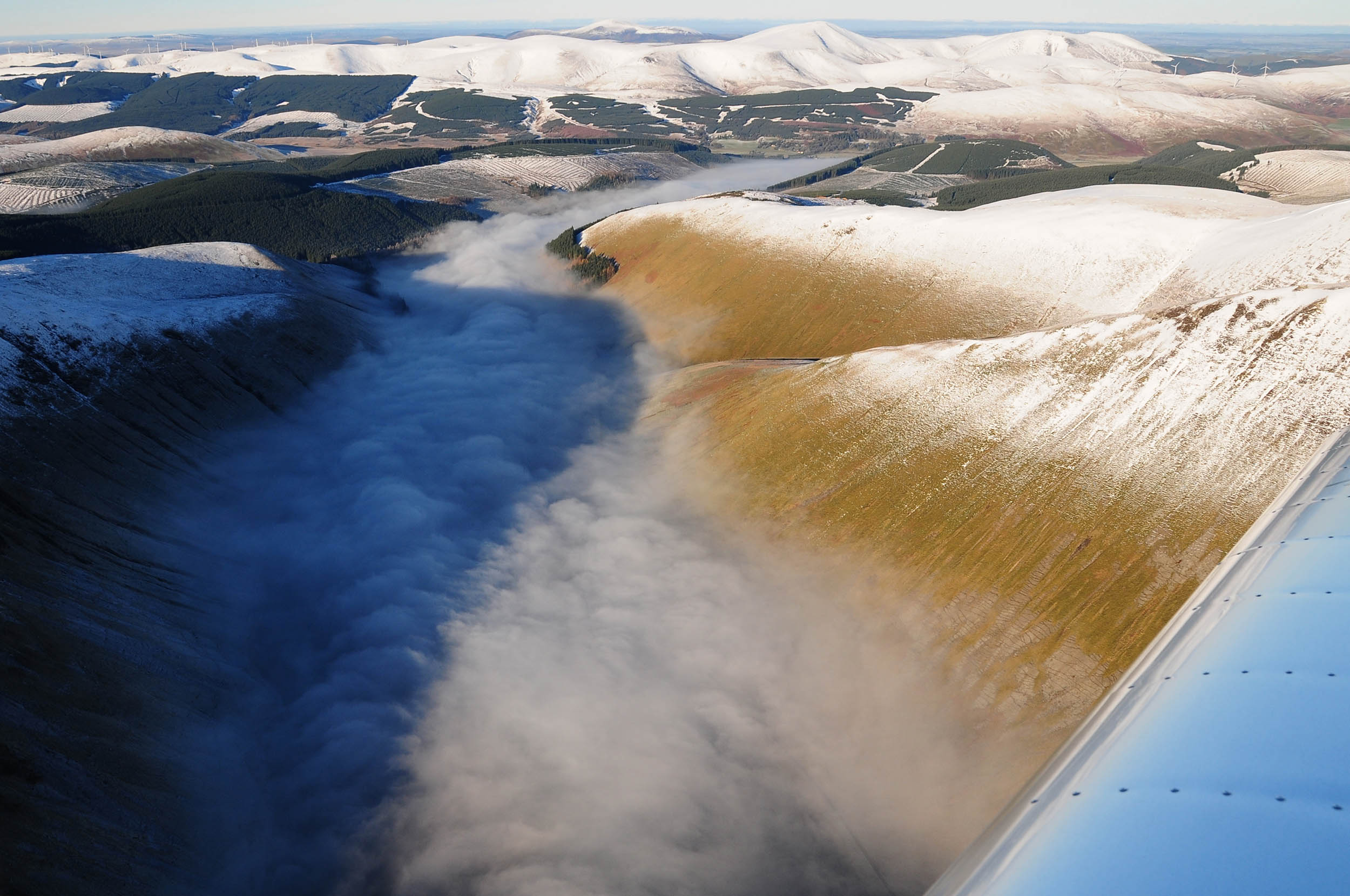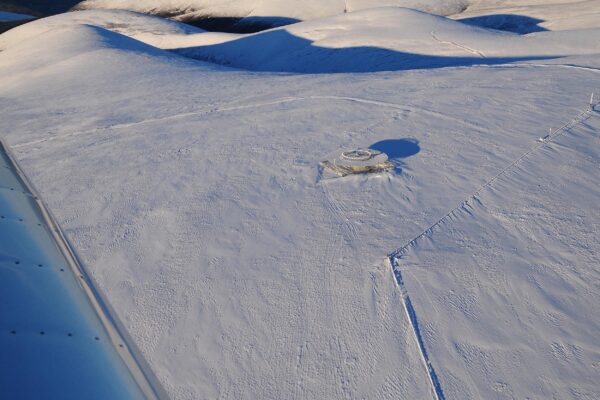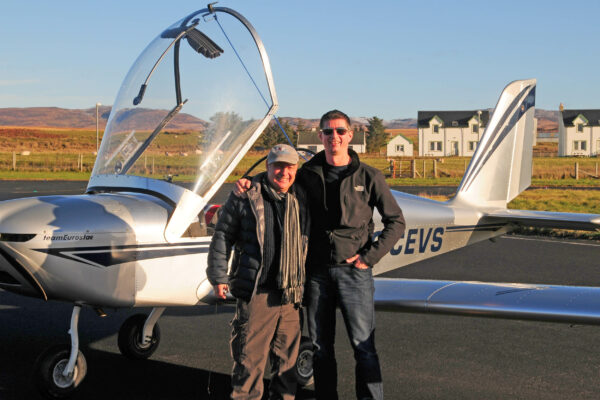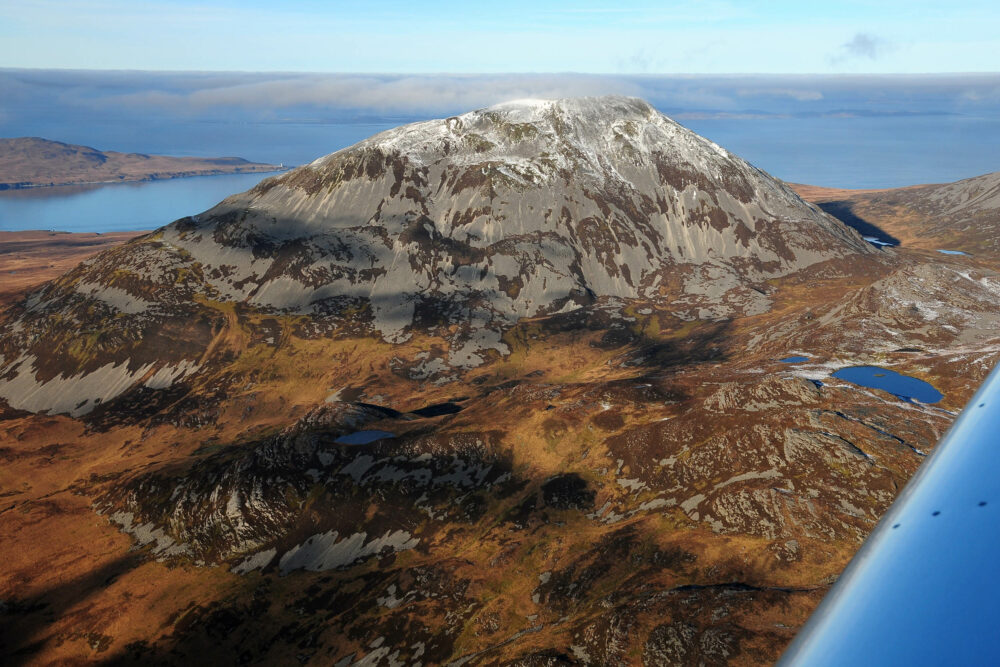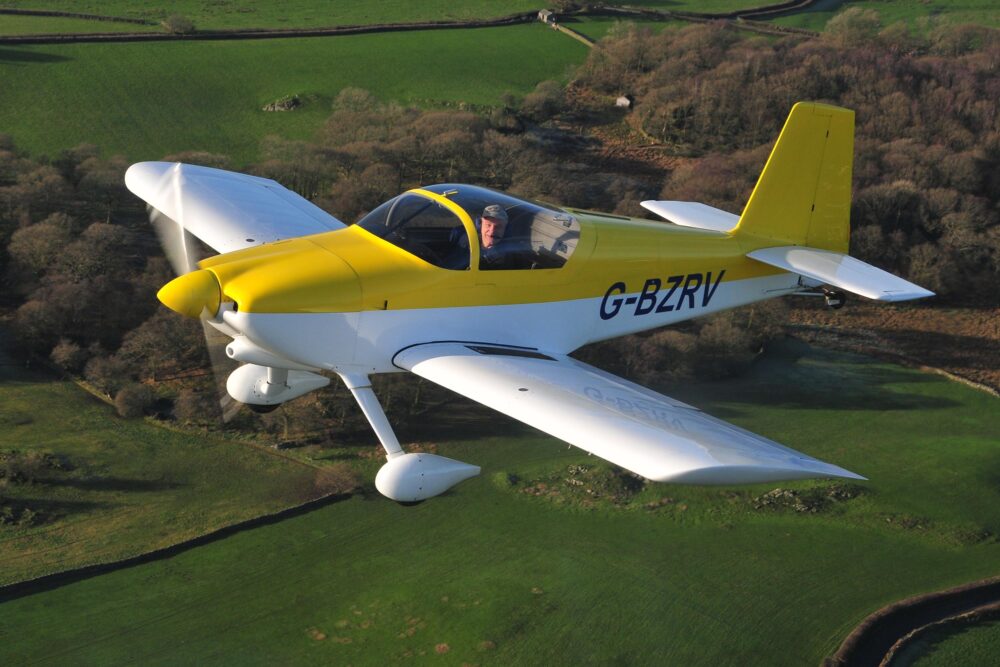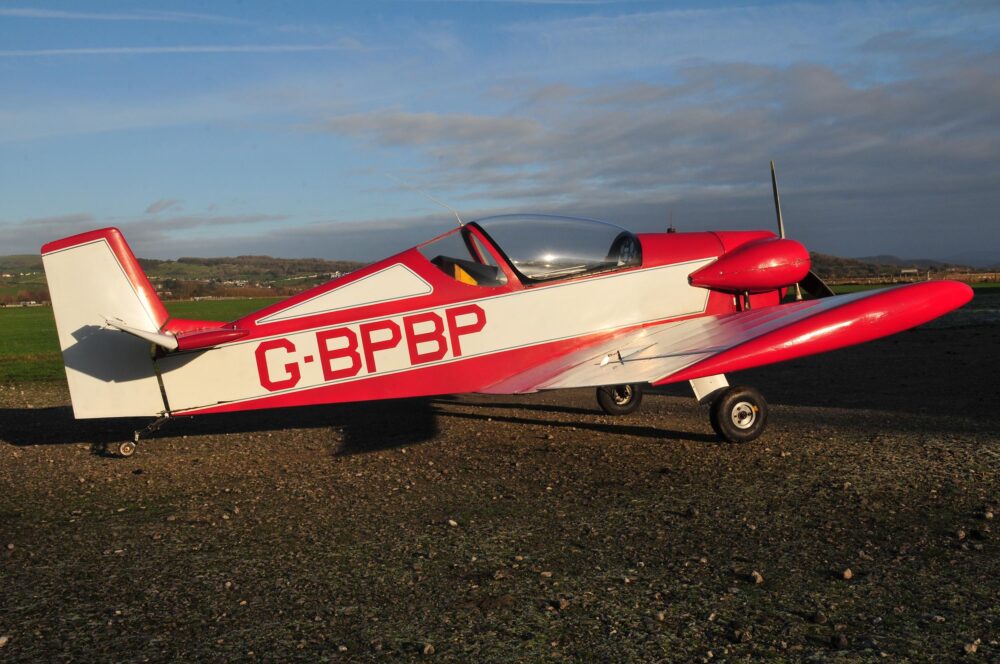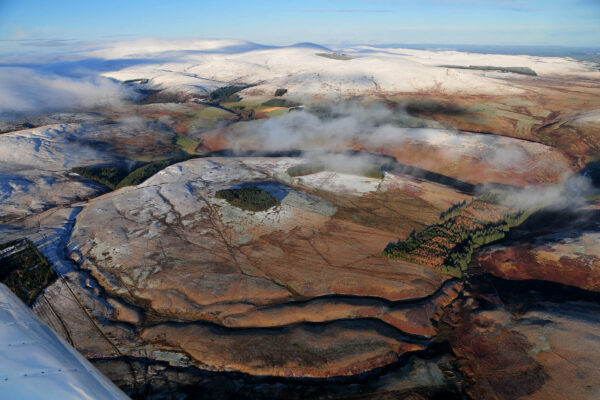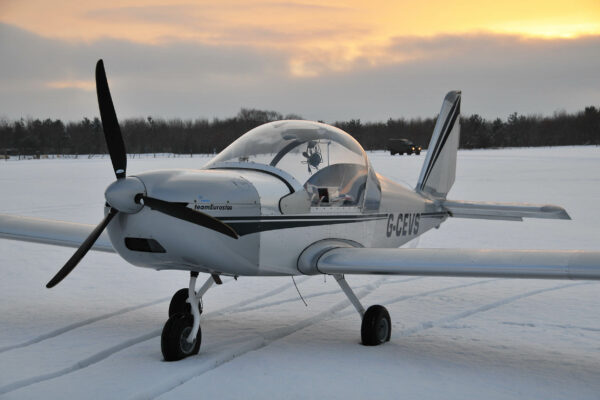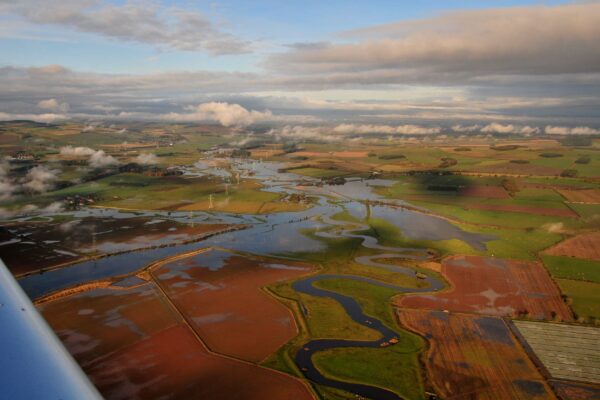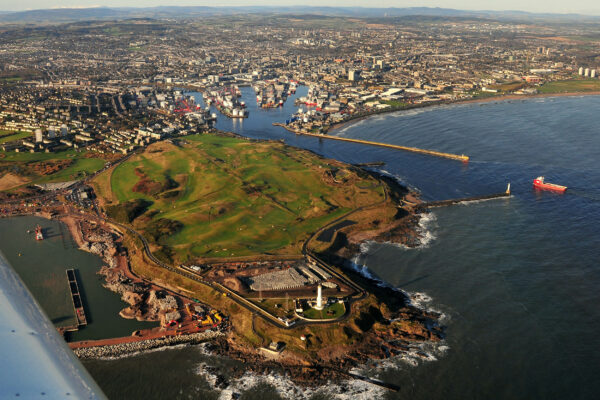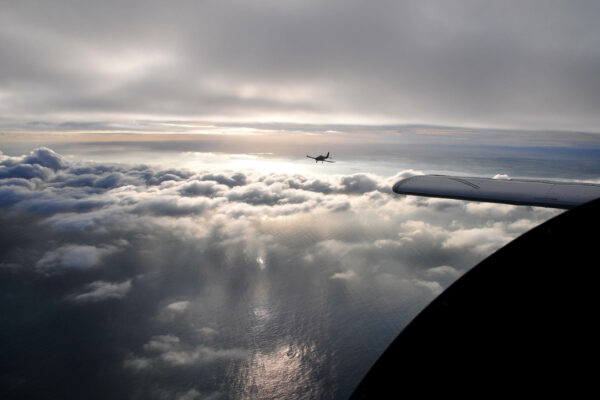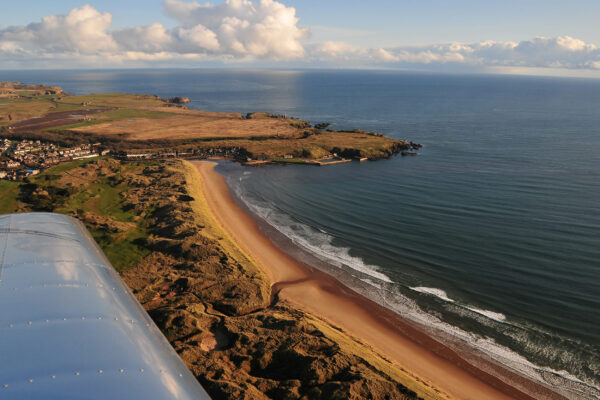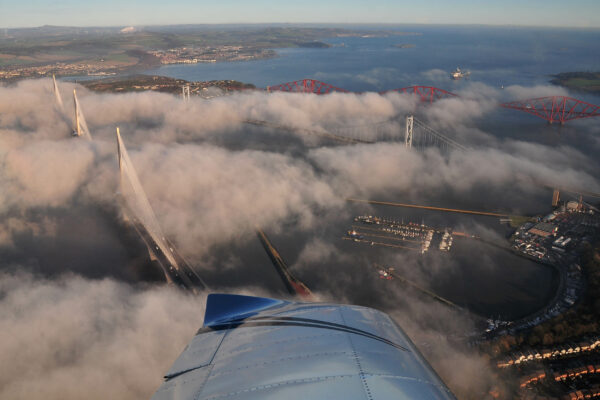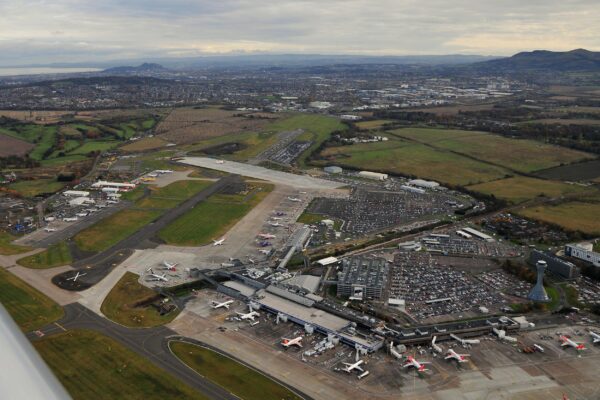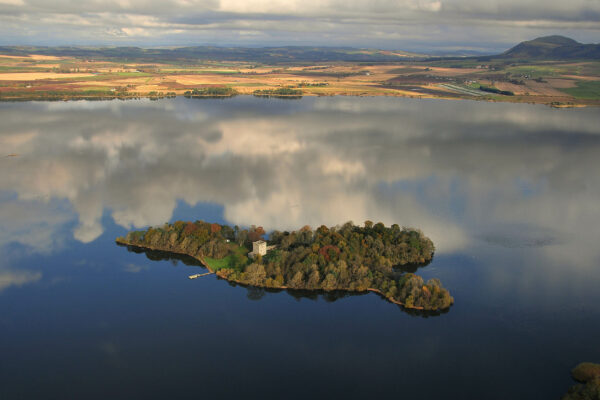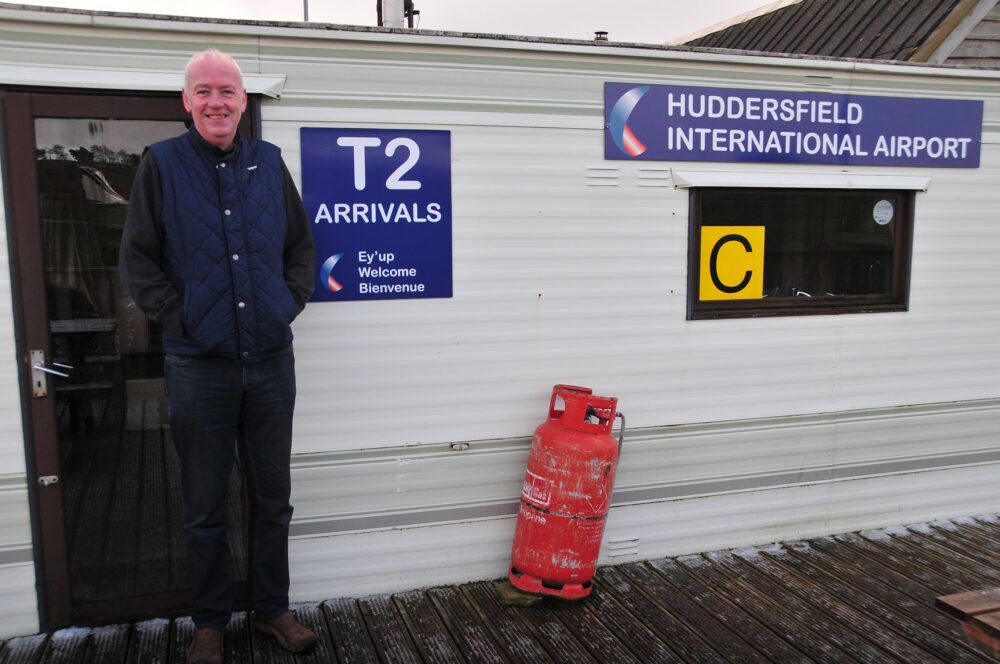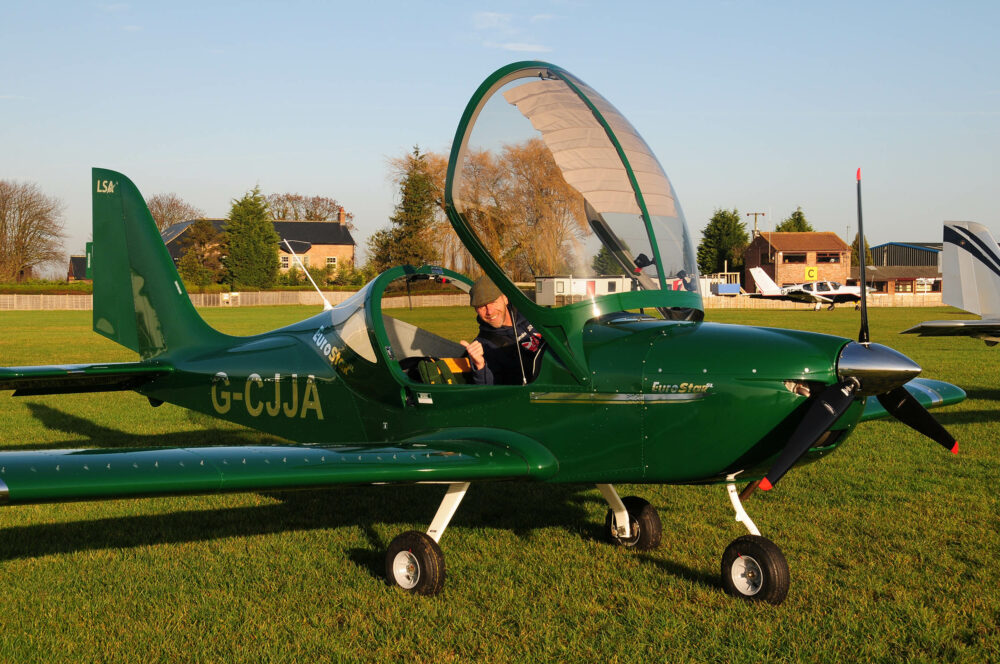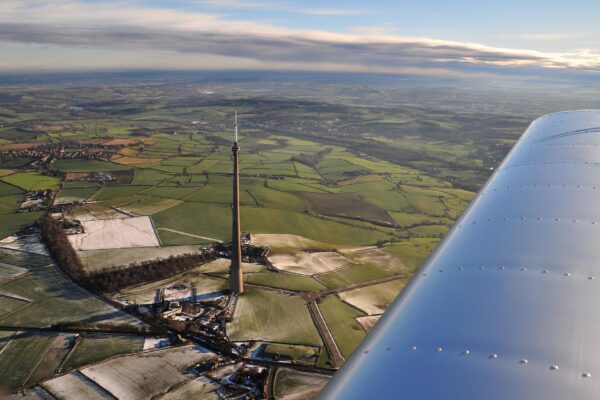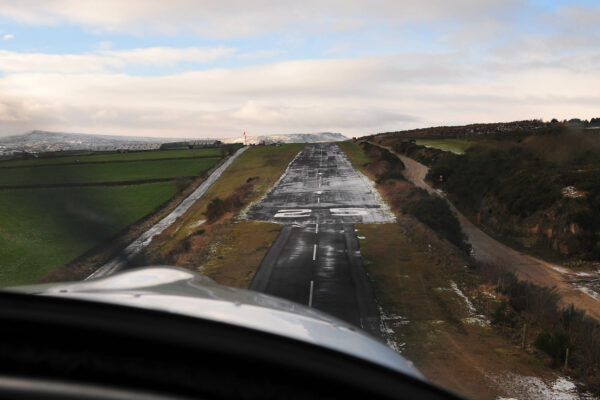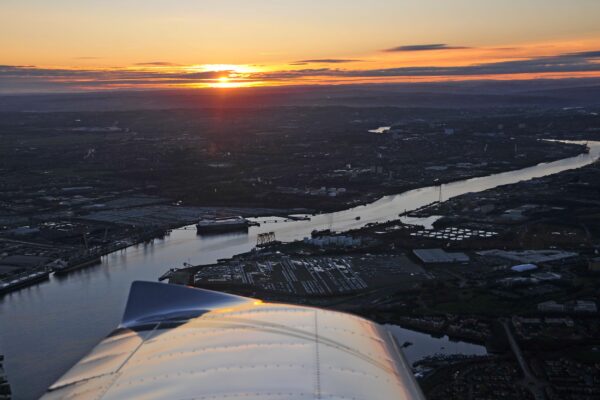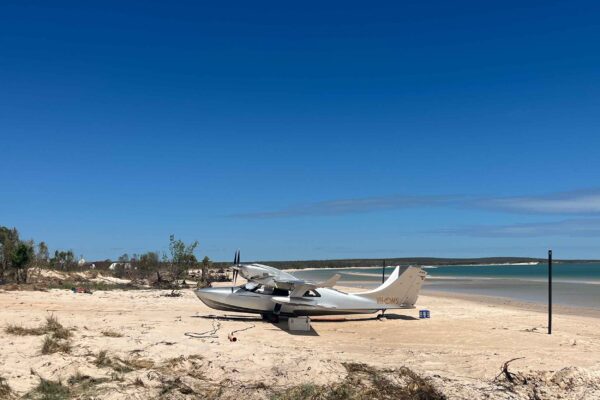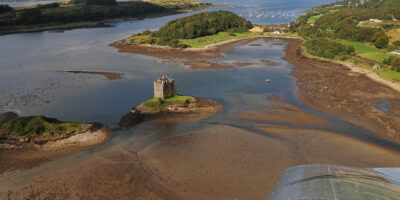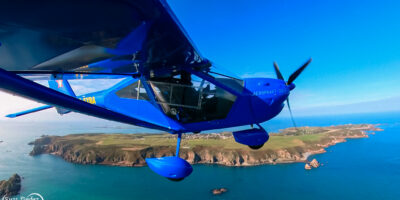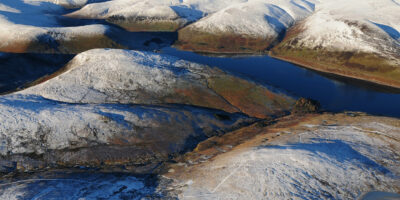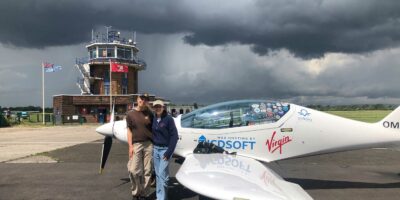The ‘flying season’ is a term that implies some sort of calendar restriction on flying fun and is one that I’ve never recognised. Which is just as well, as being based at Eshott, England’s most northerly GA airfield, we are almost in Scotland. And as Billy Connolly once famously said, “There are two seasons in Scotland, June and winter.”
For most of us, the thrill of flying never fades. Every flight is different with endlessly variable weather, changing landscapes and fresh flying challenges. For me, autumn and winter flying offers exceptional opportunities to see Britain at its most dramatic – beneath huge, sometimes menacing skies, which often stretch your planning and flying skills to the fullest. Another bonus is that the cold, crisp air improves aircraft performance, while the stable atmosphere offers days with unlimited visibility.
Of course, some grass strips can be adversely affected by weather and you have to be realistic about your personal limits. But while weather windows may be fewer and the days shorter, even the winter solstice on 21/22 December offers seven hours of daylight. So with lunch and a bit of faffing, a winter’s day trip to a destination around two hours away is still achievable.
During autumn and winter our aviation group tends not to plan ahead, but chases good weather when it arrives, taking full advantage of Eshott’s two hard runways. As a result, we’ve enjoyed many memorable autumn/winter day trips in our Evektor EuroStar cruising at 95mph in day/VFR conditions. Here are just a few from recent times…
Flying skills in Scotland…
One late November, and with high pressure firmly in charge, group partner Alex Smith and I decided to make our first visit to Islay, the southernmost island of the Inner Hebrides. It’s a challenging winter’s day trip involving a lot of hilly terrain, with numerous water crossings once you reach the West Coast. Our planned route of more than 200 miles would take us just more than two hours each way. We are of course, VFR only, and tend to operate below 2,000ft except where altitude will keep us safe.
Predictably the F215 showed isolated areas of fog lifting in to low stratus, but the Islay and Prestwick TAFs were great. Importantly, the temperature was forecast to rise above dew point, while light winds aloft would allow us to safely fly close to the many peaks en route.
We set off on a well-trodden path to the Scottish West Coast, passing low over the Cheviot Hills, which were topped with snow. Transiting the beautiful Scottish borders, we arrived at the snow-covered Scottish Upland Hills. We orbited St Mary’s Loch, the largest loch in the Scottish borders, and the adjacent Megget Reservoir with its impressive earth dam. Topping the highest peak of Broad Law at some 2,760ft is the Talla VOR, the highest VOR in Britain and, looking out of the window, certainly the only time we ever use a VOR to fix our position! As we exited the hills, we were greeted with quite a spectacle, as valley fog ran like a river of cotton wool in the shade of the peaks.


